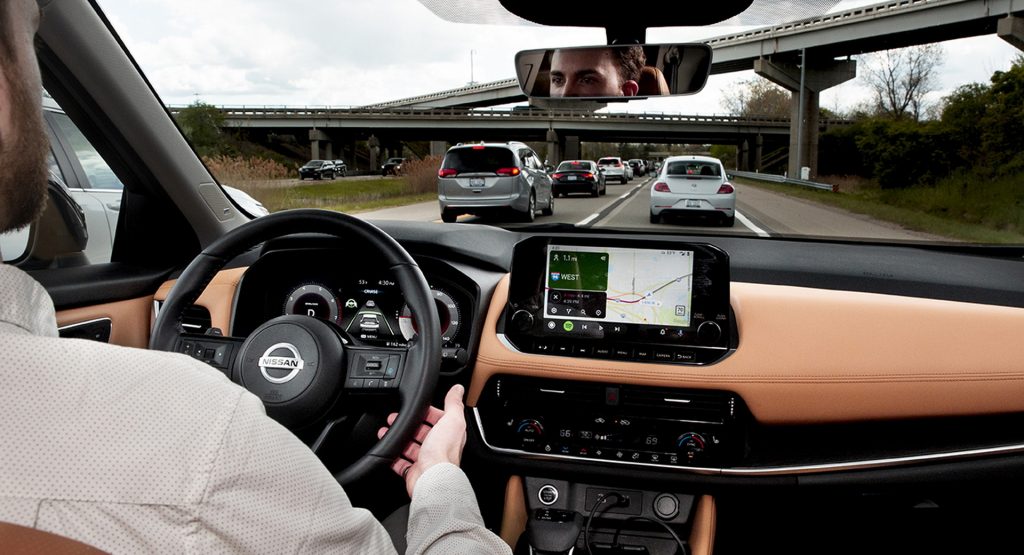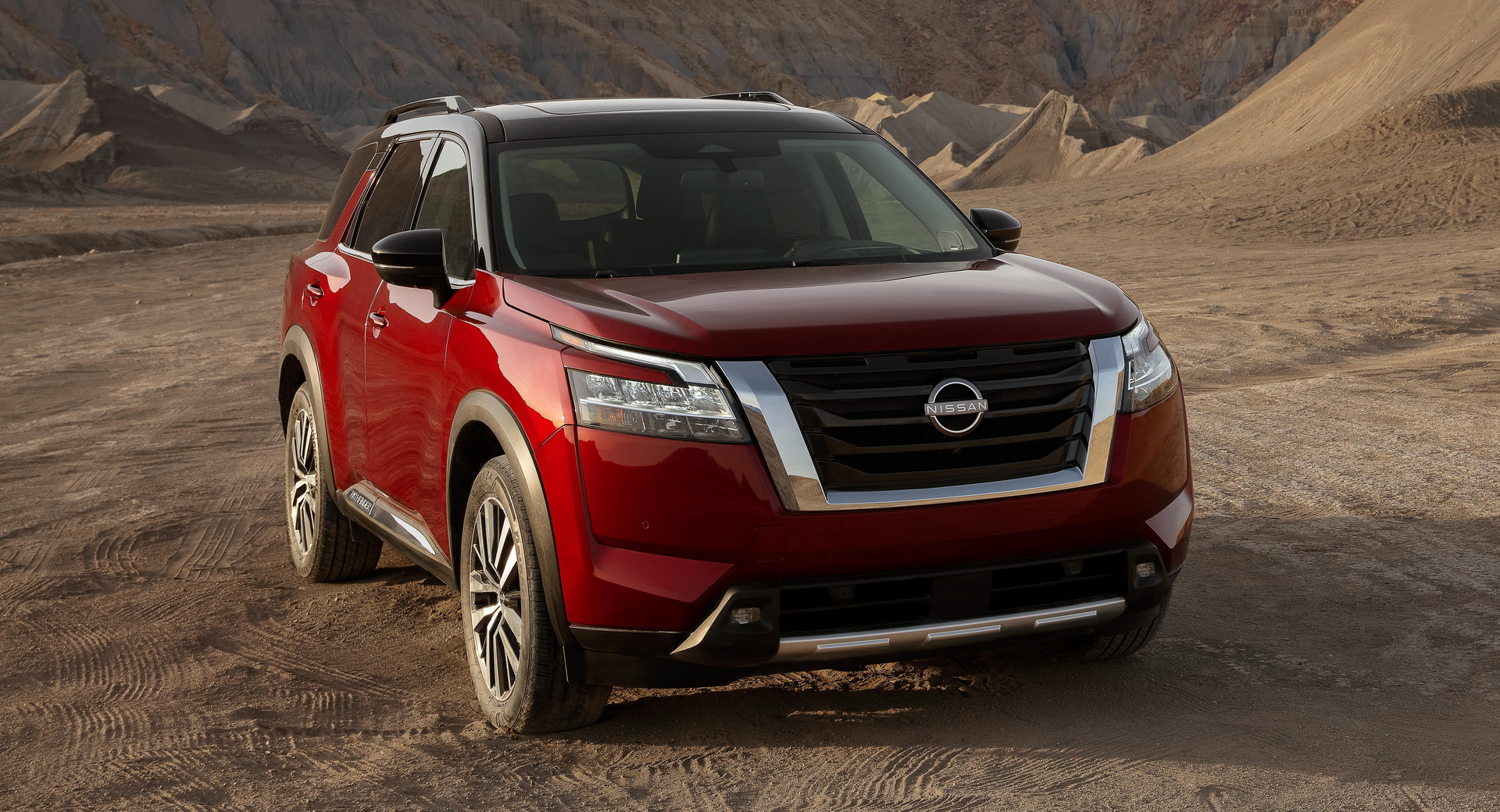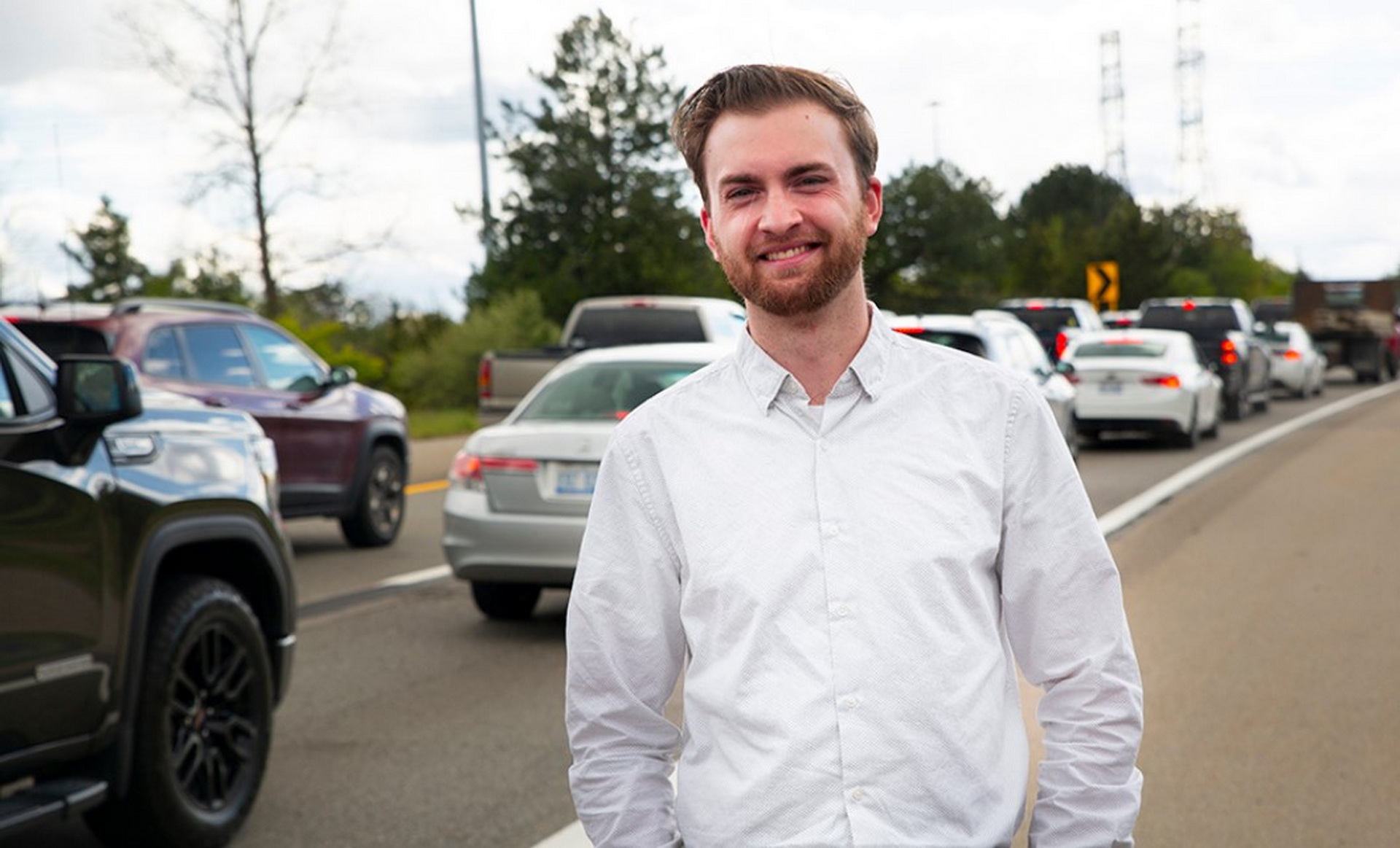The latest technology making its way down into the most normal cars is adaptive cruise control that works in stop-and-go traffic. But to make it work, someone has to test it. Nissan left that to engineering intern Tyler Szymkowski.
During his internship in 2018, Szymkowski would check his phone’s traffic app to see when he should head out. Unlike most people, though, he was looking for a dark red line, not a green one.
“We would target rush-hour traffic,” said Szymkowski. “Each day, I would look to see if it was a ‘good’ traffic day and good for me meant bad traffic for most people.”
He was specifically testing ProPILOT Assist, which is a hands-on driver’s aid that means you don’t have to use the pedals, even in stop-and-go traffic. But the vehicle’s system could only bring the car to a full stop for up to three seconds before it would automatically take off again when traffic started moving. If traffic stopped for longer than that, then the driver had to tap the throttle.
Read Also: All-New 2022 Nissan Pathfinder Enters Production Ahead Of Market Launch This Summer
“Customers were telling us that three seconds wasn’t long enough,” said Brittany Tessmer, a Nissan senior project engineer in advanced driver-assistance systems. “How long the system could sit and then reengage to make the experience more seamless was something we needed to pinpoint. If three seconds isn’t long enough, then what is?”
The team sent Szymkowski out into 64 traffic jams in Los Angeles, Washington, Detroit, Pittsburgh, Baltimore, San Francisco.
“I got a very realistic taste of what customers experience in major cities,” said Szymkowski. “There were hundreds of additional hours spent basically waiting for a traffic jam.”
Ultimately, their research found that they had wildly underestimated how long stops in traffic jams could be. The team eventually landed on a hold time of 30 seconds. That’s an improvement that has made its way into the 2021 Rogue and the 2022 Pathfinder.
Although we are, of course, getting in touch with the UN for cruel and unusual treatment of interns, Szymkowski did eventually end up parlaying his work into becoming a human factors and ergonomics engineer at Nissan. He also says that the work wasn’t too bad.
“I will say that sitting in traffic is a lot more tolerable when you’re intentionally getting something out of it,” said Szymkowski. “And it was really cool that Nissan was letting an intern have an impact on a new emerging technology.”






